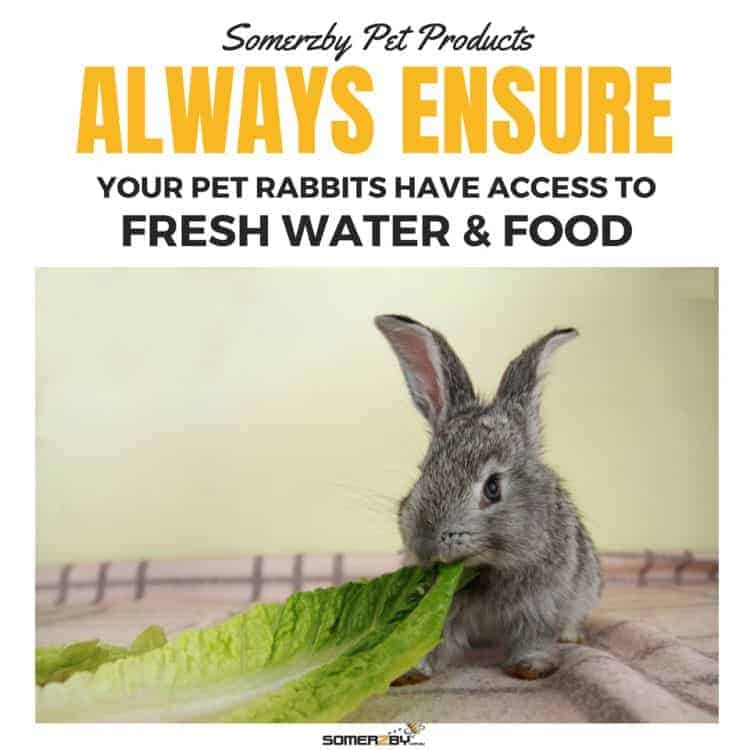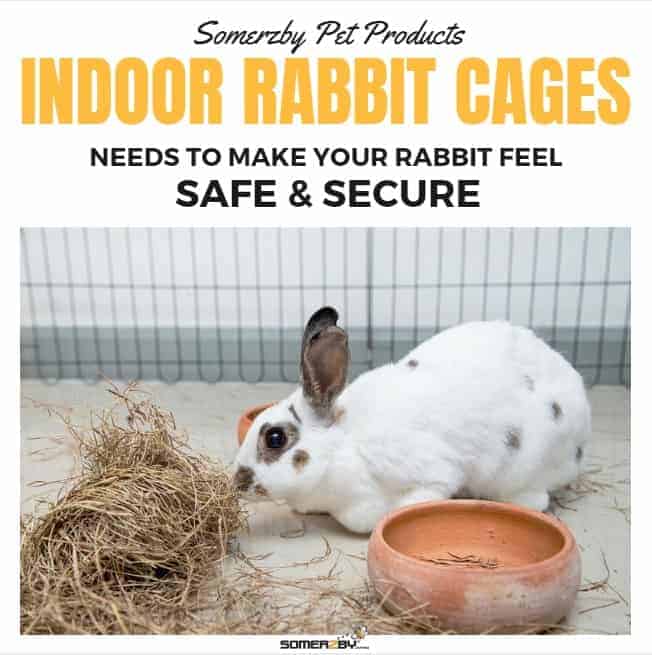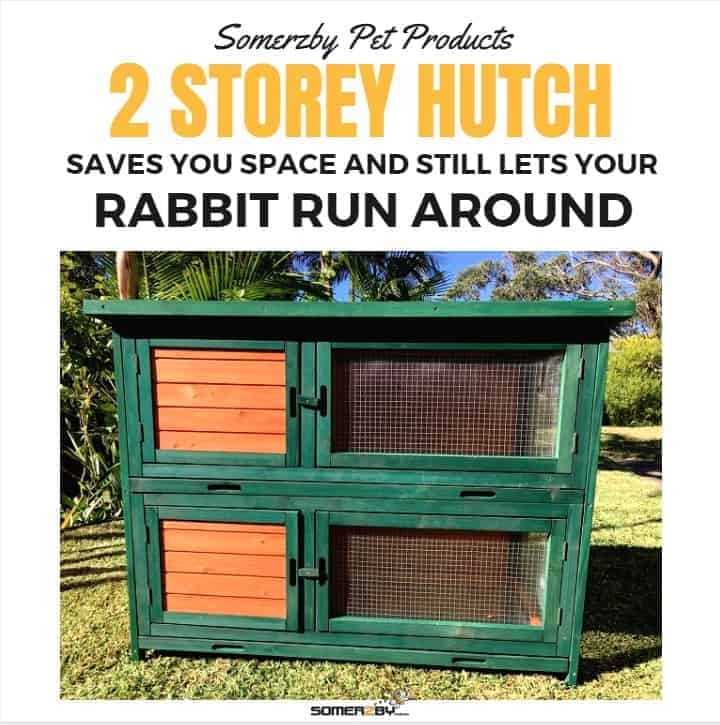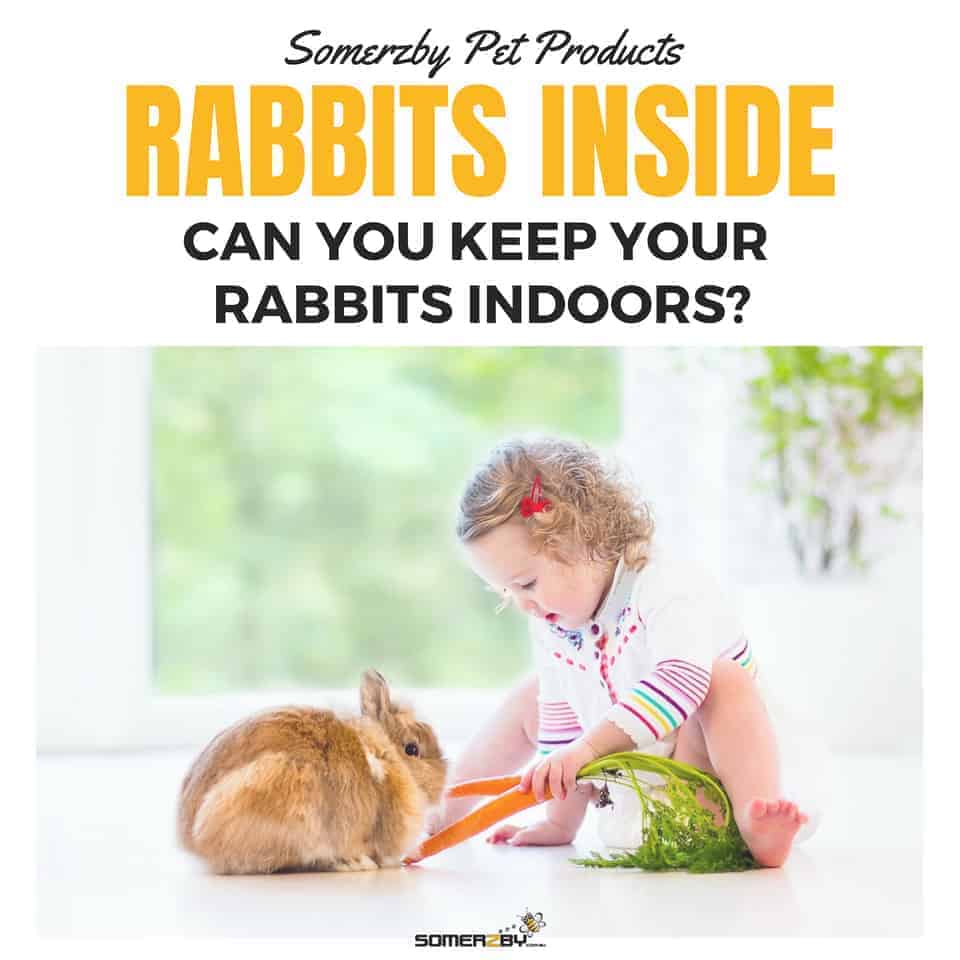Rabbits
Want to Keep Your Rabbits Indoors – Tips for Getting the Best Indoor Rabbit Cages
Indoor Rabbit Cages – Can You Keep Rabbits Indoors?
Rabbits are a popular pet choice for both children and adults. It is important to choose an appropriate home for your bunny.
People often ask – can you keep rabbits indoors?
Pet rabbits can live both indoors and outdoors. It is becoming more common for pet owners to decide to let their pets live indoors, including pet rabbits.
What are Benefits of Keeping Your Rabbit Indoors?
There are many positives to letting your pet rabbits live indoors;
Because people spend the majority of their time indoors, having your rabbit inside will make it easier for you and your bunny to interact.
This allows stronger bonding and lets your rabbit become a beloved member of the family. It can also create a more rewarding pet ownership experience.
Increased human interaction will help to socialise your animal and decrease stress caused by the noises and movements people make.
Pet rabbits living indoors can also prevent them from getting bored. Many pet rabbits that live outside are quite isolated and only have very minimal human interaction during the day.
If you only have one pet rabbit and you only spent an hour per day with it, that is 23 hrs per day the rabbit is alone!
Rabbits are smart, inquisitive and affectionate animals that require regular interaction and mental stimulation.
Bored and isolated rabbits can become depressed and have a lower life expectancy.
Interact with your rabbit regularly and provide it with lots of toys.
Rabbits require freedom of movement. They love to run at top speeds and stretch out their bunny legs! Most pet rabbits kept outdoors are in small hutches with limited time to run around in open spaces.
Having your rabbit inside can allow you to let it out of its home and explore the house (or at least just the room it is kept in) while supervised.

Allowing your rabbit more time to freely move and hop around will provide it with positive health effects.
Keeping your rabbit indoors can assist you in keeping an eye on it to notice any negative changes in the animal’s health or behaviour. If you are apart from your rabbit too often, you may miss important symptoms until it is too late.
One of the main reasons pet owners like to keep rabbits indoors is to keep them safe from hazards.
Living indoors can protect rabbits from natural predators, including cats, dogs, foxes, snakes and birds of prey.
It can also keep them safe from insects such as mosquitos, flies and fleas, which can carry disease and make your rabbit unwell.
Domesticated rabbits can come into contact with Myxomatosis infected parasites when outdoors, especially if interacting with wild rabbits.
Other hazards can include weather.
This is especially important in summer, as rabbits are very sensitive to heat and need to be kept cool. The recommended temperature range for rabbits is 10°C to 25°C.
Pet rabbits must also be protected and provided shelter from rain, wind and snow.
How Do You Keep Your Rabbits Indoors?
It is suitable for any aged pet rabbit to live indoors. However, it is particularly important for baby rabbits (known as kittens) and adult rabbits who are much older.
That is because they require more supervision to make sure their health is okay. Young and very old rabbits are also more susceptible to hazards, such as predators and weather.
When choosing where your rabbit should live inside your house, choose a living area which is cool and out of direct sunlight.
However, ensure there is regular daylight in order for the rabbit to absorb Vitamin D and stay healthy.
You may need to move around their hutch during different times of the day, so they can stay cool and in a dim area.
The area should be protected from direct wind, heaters and loud noises. It should be a space where your rabbit can relax quietly.
The area should be checked for hazards and bunny-proofed. Rabbits can be curious and love to chew. Ensure you remove or cover any cables and protect wooden skirting boards you don’t want gnawed.
To save space, choose an area that is not regularly used. Take advantage of alcoves or space under stairs. Also keep your rabbit away from bedrooms if possible. Your pet rabbit might decide to play and make noise at 3am!

Always ensure your pet rabbit has access to fresh water and food.
Rabbits should be provided daily with fresh vegetables and endless hay to chew on. A constant supply of good quality hay will aid your rabbit’s digestive system and help wear down their ever-growing teeth.
Indoor rabbits can be trained to use a litter box. Once you have Desexed your pet rabbit, there should be minimal accidents in your house.
Rabbits that are not Desexed will urinate in your house to mark their territory.
Always be cautious if you have small children or other animals in the house. Teach your children to be careful around the rabbit and what behaviours are appropriate. Likewise, train your other pets to avoid the rabbit’s area.
Always supervise small children and other pets when they are around your rabbit.
Indoor Rabbit Cages
Whick is the best indoor rabbit cage?
It is important to choose a suitable cage for your indoor rabbit. Your pet rabbit will spend the majority of its time there.
The right indoor cage should have a positive effect on your rabbits physical and mental wellbeing.
Tips for choosing indoor rabbit cages
It is wise to purchase a good quality indoor hutch that will last. Many new rabbit owners are tempted into buying very cheap hutches, only to quickly realise they are poor quality and not suitable.
Your indoor rabbit hutch needs to make your rabbit feel safe and secure. It should have a covered in, darker area where the rabbit can hide away when it feels threatened.

This area can help the rabbit to feel relaxed and to rest.
It should also be made from strong materials to keep other animals out. All Somerzby hutches feature galvanised mesh wire screening which is strong and will protect your rabbit.
You will also need to consider the size of the overall cage. There must be enough space for your rabbit to move around freely as well as room for water, food, toys and a litter box (if required).
The cage should also be high enough for your rabbit to stand on its hind legs without hitting its ears on the roof.
The more time your rabbit will be spending inside its cage every day, the bigger the cage needs to be.
When buying an indoor hutch online, always read the measurements. Many hutches look larger in the photos than they are in real life.
When selecting which sized indoor hutch you want, consider if you think your bunny family may grow.
You may only have one rabbit now, but if you think you may get another rabbit soon then it is best to purchase a hutch which will fit both rabbits.
This will save you having to replace the cage when your new pet rabbits come along.
Also consider the size of the room in your house the indoor cage will go. There is no point buying a huge hutch only to realise it will be placed in your small hallway and won’t be suitable!
Ensure the hutch will fit through your doorway.
If buying a flatpack and assembling the hutch yourself, assemble it within the room you are planning to keep it in.
Choose a two storey hutch to save space within your house but still giving your rabbit room to move around.
The door of the cage must be wide enough to fit your arms and the rabbit through.

Many cheap cages bought online have very small door openings and make it hard to get out your rabbit, or other items such as litter trays or food bowls.
The Somerzby Bungalow Rabbit Hutch features a large door side panel and easy access to the resting box so you can easily access your rabbits.
Always select an indoor cage which is well ventilated. Never use glass aquariums!
Choose an indoor hutch that is easy to clean. All Somerzby hutches feature a metal pull-out tray which makes it easy to clean up your pet rabbit’s mess.
When considering what materials the indoor hutch should be made from, choose a hutch made from high quality, rot resistant materials. A hutch made from untreated wood with a water-based stain is best.
Plastic cages can be used but are less chew-proof.
When keeping pet rabbits outside, it is recommended you choose a hutch with fly/mozzie screen to protect your rabbit from bugs and the diseases they carry. However, when placing your hutch inside it is up to you.
Consider if you get a high number of bugs within your home and the room your rabbit will be placed in.
If you decide to choose an indoor hutch with fly/mozzie screen, we recommend the Somerzby Deluxe Cottage Rabbit House.
Rabbit Runs
Rabbits need plenty of room to move around. If you plan to keep your rabbit inside its hutch for most of the time, rather than having free run of the house, then select an indoor hutch with a run.
This will allow the rabbit to move around more and play, stretching its legs and getting essential exercise. Rabbits with more room to move around will live longer and healthier lives.
The Somerzby Villa has an optional Run which can be added on, to extend the area your pet rabbit has to hop around.
The run can also be used on its own, it has an end that can be added so it is a standalone run.
Rabbit Playpens
For those who want their rabbit to have more freedom moving around their home, a playpen is a great option to add on.
Playpens allow rabbits to leave their cage and explore their surroundings, whilst still being limited to the areas they can go.
This freedom to move will keep your curious rabbit entertained plus allow it to run around and get exercise.
We all know rabbits are great jumpers so consider the height of the playpen you choose. Many ‘puppy playpens’ are not tall enough to prevent your rabbit from jumping out.
Select a playpen which is quite tall or consider a playpen with a roof.
The Somerzby Extra Large Premium Metal Pet Run/Playpen with Roof is sturdy and easy to assemble. If wanted, you can easily connect multiple pet runs together to create a larger pet run.
Source Attribution
- www.pets4homes.co.uk
- www.petfinder.com
- www.chewy.com
- www.myhouserabbit.com
- www.agriculture.vic.gov.au/pets/other-pets/rabbits/guidelines-on-keeping-pet-rabbits
- www.myhouserabbit.com/
- www.therabbithouse.com/





I’ve had an indoor rabbit for over 6 years. I got a kitten over a year ago, my rabbit has a playpen but is let out in the morning and not put back until midnight. My cat won’t leave her alone and keeps pooing and peeping in her litter tray. Is there anything I can do to stop this.